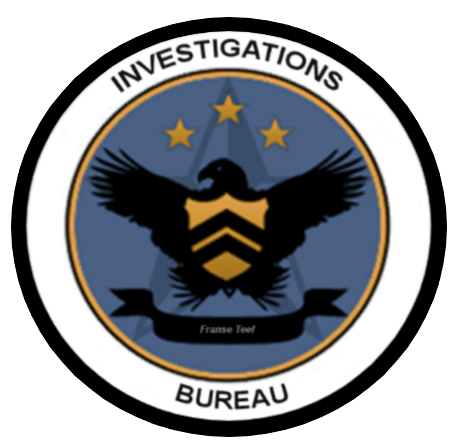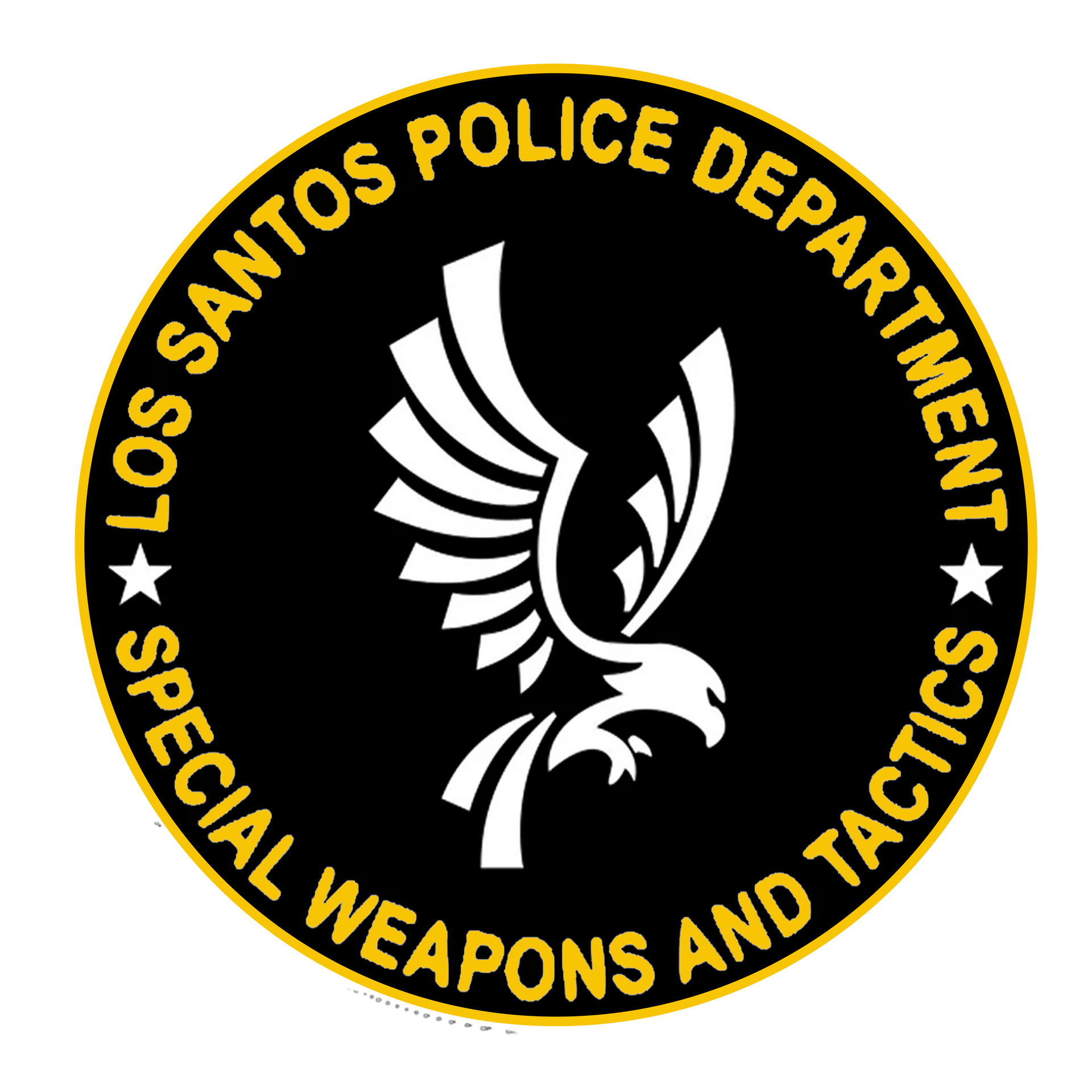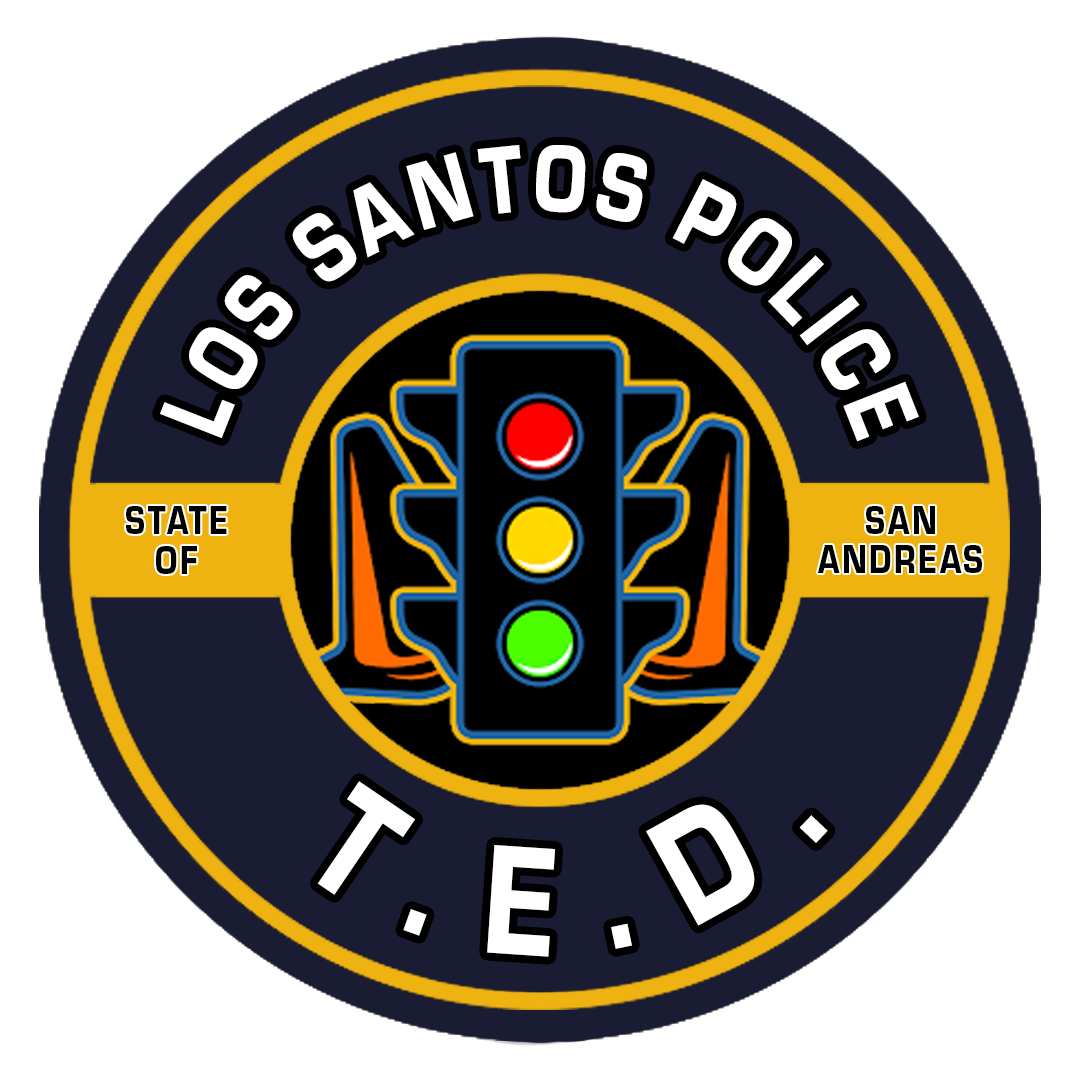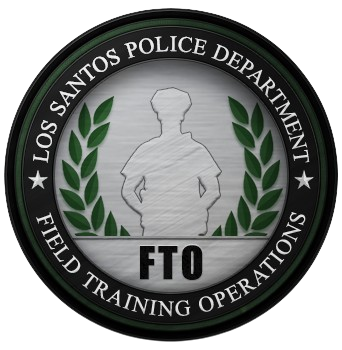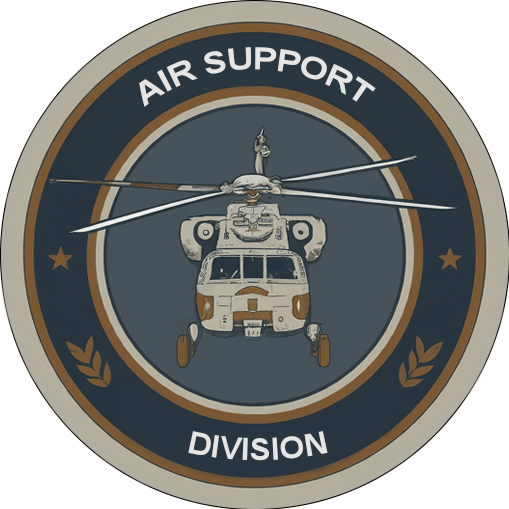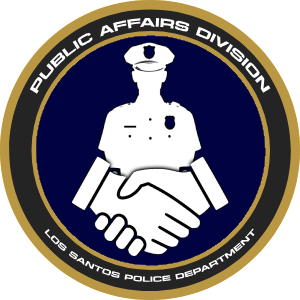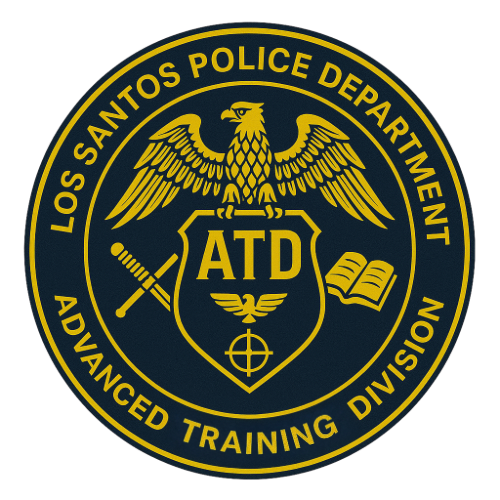ABOUT LSPD
A Criminal Investigation Division (CID) is a unit within a law enforcement agency that investigates criminal activity. CIDs are responsible for investigating a variety of crimes, including violent crime, narcotics trafficking, and family violence. The Criminal Investigative Division (CID) is the FBI's largest operational division, with 4,800 field special agents, 300 intelligence analysts, and 520 Headquarters employees addressing an array of sophisticated and increasingly globalized criminal threats. The objectives of criminal investigations are:
locate, document, and preserve evidence in crimes.
Arrest suspects in crimes.
Recover stolen property.
Prepare sound criminal cases for prosecution.
A force's CID is distinct from its Special Branch (though officers of both are entitled to the rank prefix "Detective"). The name derives from the CID of the Metropolitan Police, formed on 8 April 1878 by C. E. Howard Vincent as a re-formation of its Detective Branch.
A gang intelligence unit (GIU) is a law enforcement unit that investigates, suppresses, and fights gangs in a specific area. GIUs are also known as anti-gang units, gang task forces, or gang suppression units.
GIUs work to:
Provide safety
GIUs work to keep communities safe by reducing gang violence and crime.
Share information
GIUs share information about gang activity with other law enforcement agencies to reduce redundancy.
Identify gang members
GIUs identify and document gang members and associates to help with investigations.
Prevent gang activity
GIUs work with schools, social services, and community organizations to prevent gang activity.
Some guidelines for establishing and operating a GIU include:
Analytical component: The GIU should have a strong analytical component.
Partnership with prosecutors: The GIU should partner with prosecutorial authorities.
Long-term plan: The GIU should have a plan to sustain its efforts over the long term.
Educate stakeholders: The GIU should educate community leaders, businesses, and political leaders about the gang problem and how law enforcement can help.
Special Weapons and Tactics (SWAT) teams respond to high-risk situations that are beyond the capabilities of local police. Their responsibilities include:
High-risk operations: SWAT teams respond to high-risk search and arrest warrants, hostage rescues, active shooters, and other high-risk situations.
Critical incidents: SWAT teams respond to critical incidents involving barricaded suspects, crowds, riots, and other situations that require extraordinary measures.
Undercover operations: SWAT teams participate in undercover operations and counterterrorism efforts.
Hazardous material situations: SWAT teams respond to hazardous material situations.
Suicide intervention: SWAT teams may intervene in suicide situations.
SWAT officers are expert marksmen with close combat training. They have specialized roles within the team, such as negotiator, medic, or expert in handling assault vehicles or weapons. When not responding to crises, SWAT officers perform more routine duties, such as patrol and traffic enforcement. SWAT teams are equipped with armored vehicles to safely deploy and retrieve team members into and from potentially hostile environments.
A traffic enforcement division is a group of police officers or agencies that enforce traffic laws and manage traffic. Their goal is to reduce the number and severity of traffic accidents, and to make roads safer for everyone.
Responsibilities:
Enforcing traffic laws
Traffic enforcement officers patrol highways, direct traffic, and address traffic infractions.
Investigating accidents
Traffic enforcement officers investigate the cause of traffic accidents and report the details.
Educating the public
Traffic enforcement officers educate the public about traffic safety.
Partnering with other agencies
Traffic enforcement officers work with other agencies, such as the highway patrol, to solve traffic safety problems.
Benefits Traffic enforcement makes communities safer and Traffic enforcement makes officers safer.
Other names Traffic police, Traffic officers, Traffic enforcement units, Traffic cops, and Traffic monitors.
FTD is responsible for training the newly promoted cadets and lateral transferred police officers. Field Training Officers are expected to be well seasoned and experience officers who can then pass their knowledge onto the future of the department, the division provides training in basic skills, procedures, and physical fitness to prepare recruits for the challenges of policing.
Physical training
Recruits learn defensive tactics, physical fitness, and other physical skills
Legal procedures
Recruits learn about law and legal procedures, criminal investigation, and human relations
Behavioral science
Recruits learn about applied behavioral science and values-based decision-making
Driver education
Recruits learn how to operate police vehicles, including driver certification and specialized licenses
Traffic enforcement
Recruits learn how to reduce pedestrian injuries and keep traffic moving
The Firearms Licensing Division of the Los Santos Police Department (LSPD) is responsible for overseeing all civilian firearms-related permits and ensuring public safety through proper vetting and regulation. This division operates under the Professional Standards Bureau and works in close coordination with other law enforcement branches.
Core Responsibilities:
Firearms License Application Processing
Reviews and processes applications for civilian firearms licenses, including standard, concealed carry, and special-use permits.
Conducts background checks, interviews, and psychological evaluations when necessary.
License Renewals and Revocations
Handles renewal procedures for expiring licenses and ensures license holders remain compliant with updated laws and regulations.
Investigates violations and revokes licenses from individuals who are no longer deemed fit to carry a weapon legally.
Education and Safety Training
Oversees mandatory firearms safety and legal training courses for new applicants.
Promotes responsible gun ownership through community outreach and safety awareness programs.
Compliance and Audits
Conducts spot checks and audits to ensure legal firearm holders are storing and using firearms safely and in accordance with state and city laws.
Incident Review & Coordination
Works with Internal Affairs and other LSPD units to investigate any firearm-related incidents involving licensed holders.
In short, the
LSPD Firearms Licensing Division plays a critical role in balancing Second Amendment rights with public safety through strict oversight, education, and enforcement.
A police air support division is a unit of a police department that operates aircraft to support law enforcement operations. Air support divisions can use helicopters or fixed-wing aircraft.
What do police air support divisions do?
Search for missing people: Police air support can help locate missing people
Pursue criminals: Police air support can help track down criminals
Control traffic: Police air support can help control traffic and respond to traffic stops
Respond to emergencies: Police air support can respond to emergencies and disasters
Provide tactical support: Police air support can provide officers with a tactical view of the situation
Assist with public order: Police air support can help maintain public order
Assist with counter-terrorism: Police air support can help with counter-terrorism operations
Assist with firearms incidents: Police air support can help with firearms incidents
Public affairs is a broad field that involves helping organizations communicate and build relationships with the public and government. For police departments, public affairs can include:
Generating positive publicity
Police departments can use public relations to generate positive publicity, such as by sharing a story about an officer who saved someone's life.
Hiring a media professional
Police departments can hire a media professional to help with public relations.
Designating a public information officer
Police departments can designate a police officer with good communication skills to be the public information officer.
Using newspapers and local television
Police departments can use newspapers and local television stations to share positive messages.
Public affairs can also involve:
Developing strategic communication plans
Advocating for public policies
Working with local communities on economic development or growth initiatives
Providing statistical and factual information
Lobbying on issues that could impact an organization's ability to operate
Monitoring and responding to public opinion and media coverage
The Advanced Training Division (ATD) of the Los Santos Police Department is a specialized unit dedicated to refining the skills of officers beyond basic academy instruction. It focuses on high-stakes, real-world applications to ensure personnel are prepared for the complex and dynamic challenges faced in the field. The division operates under strict protocols and emphasizes professional conduct, precision, and safety. .
Core Training Areas:
1. Scene Management
Officers are trained in securing and preserving crime scenes, establishing perimeters, managing civilian interference, coordinating with forensics, and maintaining the integrity of evidence. Emphasis is placed on chain of custody and inter-department communication during critical incidents.
2. Pursuit Etiquette and Termination
This segment instills disciplined decision-making during high-speed pursuits. Training covers:
- Safe following distances
- Proper radio callouts and coordination
- Risk assessment protocols
- Legal guidelines for PIT maneuvers and roadblocks
- De-escalation and pursuit termination strategies
Scenario-based simulations are routinely run to test reactions under pressure.
3. Mugshot and Booking Protocols
Advanced instruction is given on handling suspects post-arrest. Officers learn to:
- Efficiently escort individuals into booking and mugshot facilities
- Use third-eye systems or digital tools to document individuals
- Conduct unmasking and prepare suspects for proper photo positioning
- File data into evidence management systems correctly and securely
4. Tactical Decision-Making & Debriefing
Training emphasizes post-incident reviews, officer accountability, and situational breakdowns. Officers are taught to deconstruct scenes and actions for improvement and reporting.
Philosophy & Mission
The Advanced Training Division embodies the LSPD’s commitment to
professionalism, restraint, and precision. Officers graduating from the ATD are expected to lead by example, mentor junior officers, and serve as tactical assets in critical situations.
